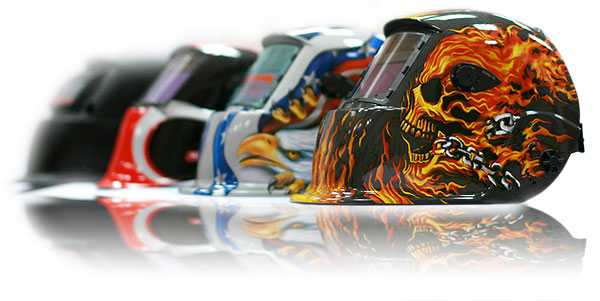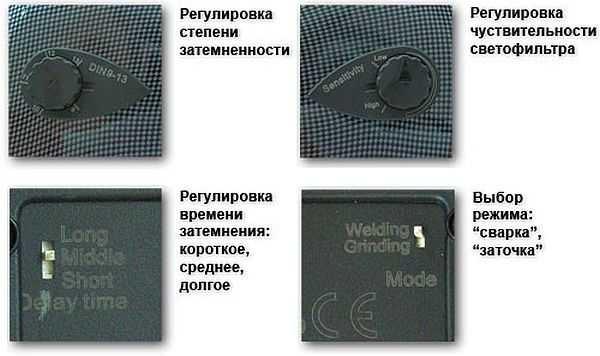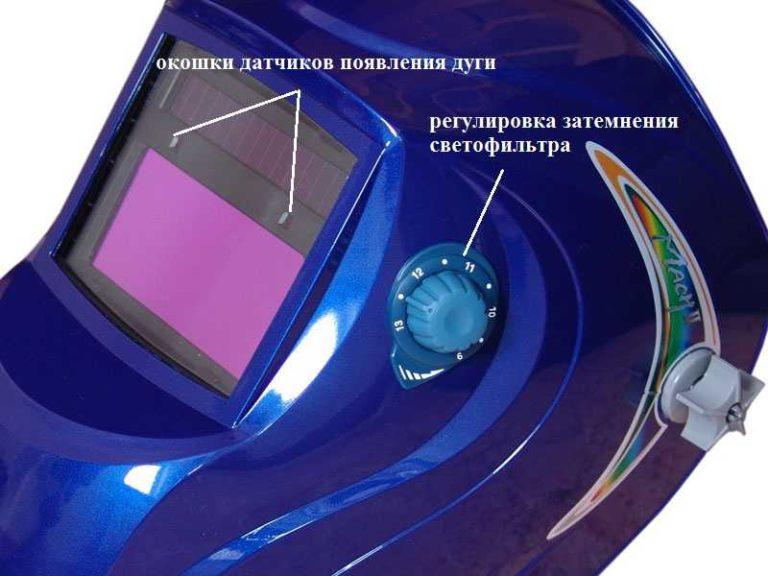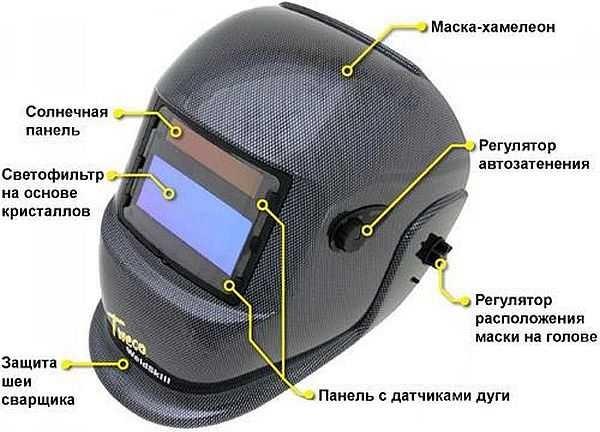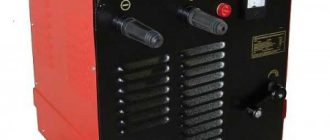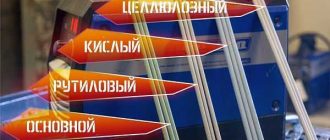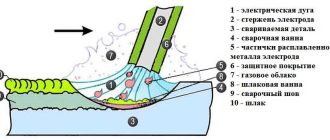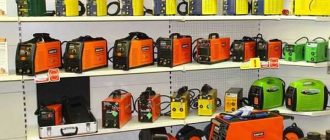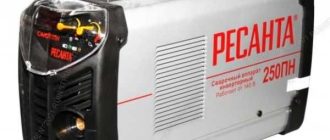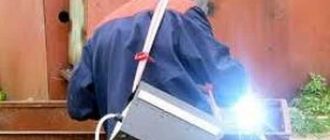Hameleona metināšanas maskas ir tā nosauktas tāpēc, ka gaismas filtrs automātiski maina aptumšošanas pakāpi atkarībā no gaismas plūsmas intensitātes. Tas ir daudz ērtāk nekā parasts vairogs vai vecāka tipa maska ar nomaināmu filtru. Taču plašais dažādu cenu eksemplāru klāsts var nostādīt jūs strupceļā: kāda ir atšķirība un kurš no tiem ir labāks? Kā izvēlēties masku "hameleonu", mēs jums pastāstīsim tālāk.
Uzliekot "hameleona" masku, varat visu labi redzēt vēl pirms metināšanas: filtrs ir gandrīz caurspīdīgs un netraucē strādāt. Kad loks ir aizdedzināts, tas sekundes daļas laikā kļūst tumšs, pasargājot acis no apdegumiem. Pēc tam, kad loks ir nodzisis, tas atkal kļūst caurspīdīgs. Jūs varat veikt visas nepieciešamās manipulācijas, nenoņemot masku, kas ir daudz ērtāk nekā pacelt un nolaist vairogu, un noteikti daudz labāk nekā turēt vairogu rokās.
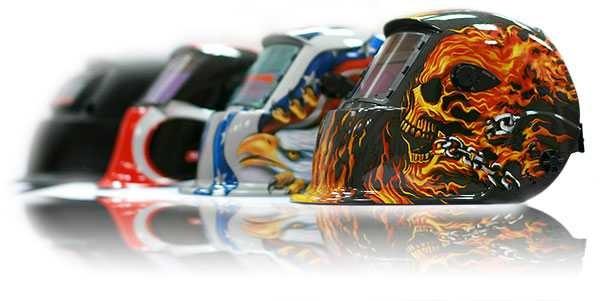
Raksta saturs
Gaismas filtrs hameleonā: kas tas ir un kas ir labāks
Šis mazais stikls, kas ir uzstādīts uz metināšanas maskas, ir īsts zinātnes un tehnoloģijas brīnums. Tas ietver jaunākos sasniegumus optikā, mikroelektronikā, šķidro kristālu un saules enerģijas jomā. Tas ir tas, kas ir "stikls". Patiesībā tas ir vesels daudzslāņu pīrāgs, kas sastāv no šādiem elementiem:
Metināšanas maskas-hameleona galvenā un galvenā priekšrocība ir tā, ka pat tad, ja tai nav bijis laika strādāt, ultravioletais un infrasarkanais starojums nepalaidīs garām (ja maska ir nolaista). Un aizsardzības pakāpe no šīs kaitīgās iedarbības nav atkarīga no iestatījumiem. Jebkurā gadījumā un pie jebkuriem iestatījumiem jūs esat pasargāti no šiem kaitīgās iedarbības veidiem.
Bet tas ir tikai tad, ja "pīrāgā" ir atbilstoši filtri un tie ir atbilstošas kvalitātes. Tā kā to nav iespējams pārbaudīt bez speciālām ierīcēm, mums jāpaļaujas uz sertifikātiem. Un maskas ir obligātas. Un Krievijas teritorijā tos var izsniegt tikai divi centri: VNIIS un FGBU pie Viskrievijas Darba aizsardzības un ekonomikas zinātniski pētnieciskā institūta. Lai pārliecinātos, ka sertifikāts ir īsts, tā numuru var atrast federālā dienesta Rosakkredditatsiya oficiālajā tīmekļa vietnē šeit šajā saitē.
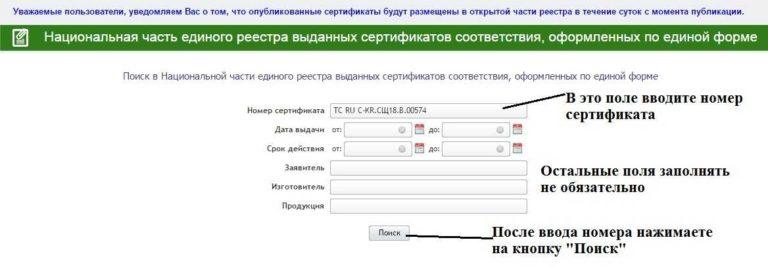
Attiecīgajā laukā ievadiet sertifikāta numuru un iegūstiet derīguma termiņu, informāciju par pieteikuma iesniedzēju, ražotāju. Neliela piezīme: saīsinājums PPEOD nozīmē "optiskās darbības individuālās aizsardzības līdzekļi". Tas ir metinātāja maskas nosaukums birokrātiskā valodā.

Vissvarīgākais ir tas, ka esat pārliecināts, ka šis produkts (salīdziniet, starp citu, un nosaukumu un modeli) ir drošs jūsu veselībai.
Varbūt jūs interesēs, kā izgatavot lapeni uz metāla karkasa.
Automātiskās metināšanas gaismas filtru klasifikācija
Tā kā gaismas filtrs un tā kvalitāte ir šā produkta galvenais elements, tad hameleona maskas izvēle jāsāk ar to. Visi tās indikatori ir klasificēti saskaņā ar EN379 standartu, un uz tās virsmas jābūt attēlotiem ar frakcijas palīdzību.
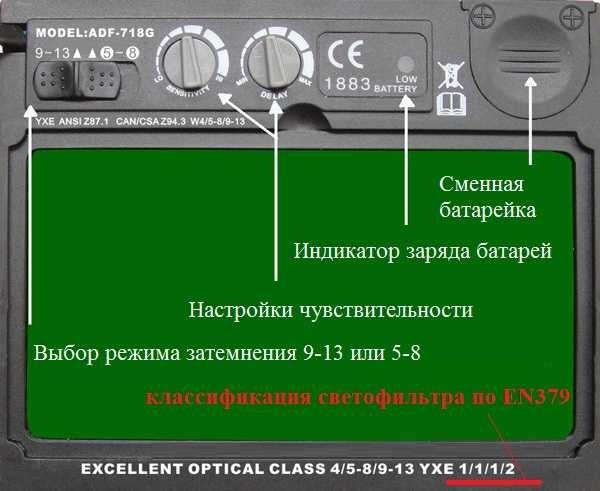
Tagad sīkāk par to, kas slēpjas aiz šiem skaitļiem un kādiem tiem vajadzētu būt. Katrā no pozīcijām var atrasties skaitlis no 1, 2, 3. Attiecīgi "1" - labākais variants - pirmā klase, "3" - sliktākais variants - trešā klase.Tagad par to, kura pozīcija parāda kādu īpašību un ko tā nozīmē.
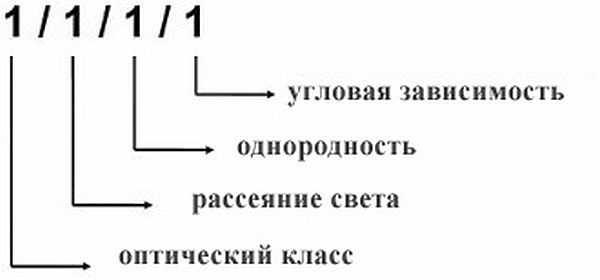
Optiskā klase
Tas atspoguļo to, cik skaidri un bez izkropļojumiem jūs redzēsiet attēlu caur gaismas filtru. Tas ir atkarīgs no izmantotā aizsargstikla (plēves) kvalitātes un montāžas kvalitātes. Ja pirmajā vietā ir "1", izkropļojumi būs minimāli. Ja vērtības ir augstākas, jūs visu redzēsiet kā caur izkropļotu stiklu.
Gaismas izkliedēšana
Atkarīgs no izmantoto optisko kristālu tīrības un kvalitātes. Norāda pārraidītā attēla "duļķainības" pakāpi. To var salīdzināt ar slapju automobiļa stiklu: kamēr nav pretimbraucošo transportlīdzekļu, pilieni netraucē. Tiklīdz parādās gaismas avots, viss kļūst neskaidrs. Lai izvairītos no šāda efekta, otrajā pozīcijā ir jābūt "1".
Homogenitāte vai viendabīgums
Norāda, cik vienmērīgi filtrs ir aizēnots dažādās daļās. Ja trešajā pozīcijā ir vienāds, starpība nedrīkst būt lielāka par 0,1 DIN, 2 - 0,2 DIN, 3 - 0,3 DIN. Ir skaidrs, ka ar vienmērīgu ēnojumu būs ērtāk.
Leņķa atkarība
Atspoguļo aptumšošanas atkarību no skata leņķa. Arī šajā gadījumā vislabākā vērtība ir "1" - pirmā klase maina aptumšošanu ne vairāk kā par 1 DIN, otrā - par 2 DIN un trešā - par 3DIN.
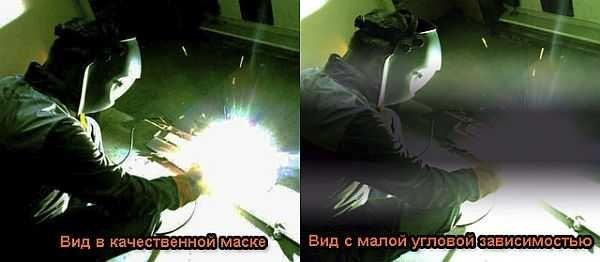
No tā visa ir skaidrs, ka, jo vairāk vienību ir gaismas filtra raksturlielumos, jo ērtāk jūs strādāsiet maskā. Tas ir tas, pēc kā jāvadās, izvēloties metināšanas masku hameleonu. Profesionāļi dod priekšroku vismaz šiem parametriem 1/1/1/2. Šādas maskas ir dārgas, bet pat ilgstoši strādājot tajās, nenogurst acis.
Amatieru metinātāji, lai laiku pa laikam strādātu, jūs varat iztikt ar vienkāršākiem gaismas filtriem, bet 3. klase tiek uzskatīta par "pagājušā gadsimta". Tāpēc, iespējams, nav vērts iegādāties maskas ar šādiem filtriem.
Un vēl viens punkts. Pārdevēji visu šo klasifikāciju parasti sauc ar vienu terminu "optiskā klase". Vienkārši šis formulējums precīzi atspoguļo visu īpašību būtību.
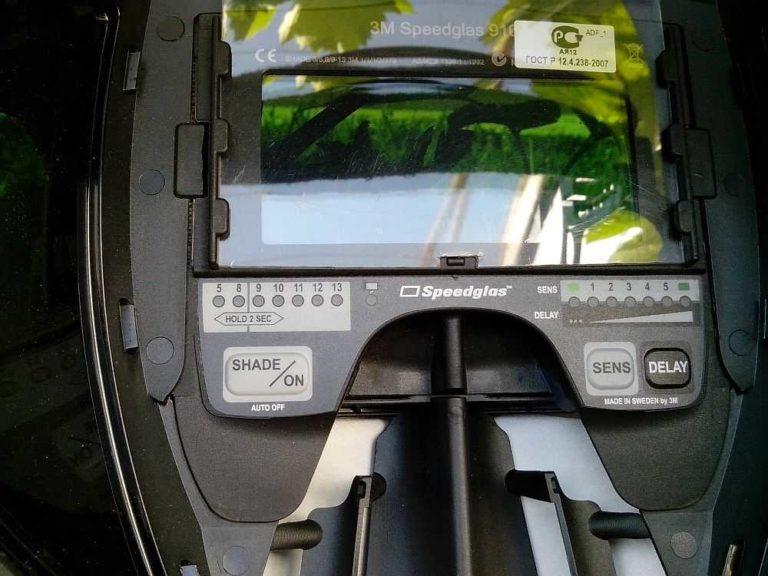
Ir vēl daži hameleona iestatījumi, kas ļauj pielāgot aptumšošanas režīmu konkrētai situācijai. Tos var izvietot iekšpusē, uz gaismas filtra, vai arī ārpusē, izmantojot slēdžus maskas kreisajā pusē. Tie ir šādi iestatījumi:
- Aizseguma regulēšana. Ļauj mainīt pašreizējo aptumšošanas līmeni. Varat to padarīt gaišāku/tumšāku, nenovēršot acis, ja slēdža poga atrodas ārpusē. Ja tā ir iekšpusē, jums būs jāapstājas, jānoņem maska un jāpagriež regulators. Neprofesionāļiem tas ir normāli: viņiem nav jāstrādā. Taču arī profesionāļiem ne vienmēr patīk ārējās regulētājierīces: tās var kaut kur aizķerties.
- Jutīguma regulēšana. Tā atrodas maskas iekšpusē, uz filtra. Ar tās palīdzību var iestatīt, uz ko filtrs iedarbosies: tikai uz loka vai arī uz spilgtiem gaismas avotiem. Ja strādājat iekštelpās, jutību var iestatīt augstu: filtrs aptumšosies, kad radīsies loks. Tā kā nav citu mainīgu gaismas avotu, filtrs nedrebēs. Ārā ar augstu jutību tas var iedarboties uz saules atspīdumiem. Tāpēc šeit jutība būs jāsamazina.
- Maskas izgaismošanas aizkave. Ir nepieciešams, lai acis pēc metināšanas nesaņemtu gaismas triecienu no karstā metāla. Ja nav aizkavēšanas, filtrs uzreiz kļūst gaišāks un metinājuma baseina spilgtais spīdums triecas acīs. Tas nav bīstami vai nāvējoši, bet ir nepatīkami. Blumēšanas aizkavēšana ļauj uz kādu laiku "atlikt" filtra mirkļa mirkli, kad filtrs sāk spīdēt. Šī aizkave arī neļauj filtram uzspīdēt, ja metināšana notiek ar loka pārrāvumu vai elektrodu pielipšanu. Tāpēc ir nepieciešama regulēšana.
Jums varētu būt interesanti izlasīt par metinājumu un savienojumu veidiem, metināšanas paņēmieniem un metodēm.
Hameleona maska kā izvēlēties
Papildus gaismas filtra parametriem ir daudz citu iestatījumu un funkciju, kas var ietekmēt izvēli.
- Loka atklāšanas sensoru skaits. Tie var būt 2, 3 vai 4. Tie reaģē uz loka parādīšanos. Vizuāli tie ir redzami uz maskas priekšējā paneļa. Tie ir mazi apaļi vai kvadrātveida "logi" uz filtra virsmas. Amatieru lietošanai pietiek ar 2 gabaliem, profesionāļiem - jo vairāk, jo labāk: ja daži būs bloķēti (bloķēti ar kādu priekšmetu, metinot sarežģītā pozīcijā), reaģēs pārējie.
- Gaismas filtra reakcijas ātrums. Parametru diapazons šeit ir liels - no desmitiem līdz simtiem mikrosekunžu. Izvēloties masku metināšanai mājās, urbiet tādu, kuras hameleons aptumšojas ne vēlāk kā 100 mikrosekundes. Profesionāļiem šis laiks ir īsāks - 50 mikrosekundes. Mēs dažkārt nepamanām gaismas triecienus, bet to rezultāts ir nogurušas acis, un profesionāļiem tās ir nepieciešamas visas dienas garumā. Tāpēc prasības ir stingrākas.
- Filtra izmērs. Jo lielāks stikls, jo lielāka redzamība. Taču gaismas filtra lielums ir cieši saistīts ar maskas cenu.
- Vienmērīga vai pakāpeniska aptumšošanas pakāpes regulēšana. Vienmērīga ir labāka. Ja filtrs tiks aptumšots/tumšāks lēcienveidā, jūs ātri nogurstat. Turklāt tas var sākt "mirgot" no atspīduma, kas jums nepatiks.
- Sākotnējā aptumšošanas pakāpe un regulēšanas diapazons. Jo gaišāks ir sākotnējais filtrs, jo labāk redzēsiet pirms metināšanas. Vēlams arī, lai būtu divi aptumšošanas diapazoni: līdz nelielām pakāpēm līdz 8 DIN, strādājot ar argonu vai manuālai loka metināšanai vājā apgaismojumā. Arī mazāka aptumšošana var būt nepieciešama cilvēkam gados. Darbam ar invertoriem pie lielākām strāvām un labā apgaismojumā ir nepieciešams aptumšojums līdz 13 DIN. Tāpēc ir labāk, ja ir divi režīmi: 5-8DIN/8-13DIN.
- Barošanas avots. Lielākajā daļā metināšanas masku ar automātisku aptumšošanu ir divu veidu barošanas elementi: saules baterijas un litija baterijas. Šis kombinētais barošanas avots ir visdrošākais. Tomēr litija bateriju nodalījumam jābūt atveramam, lai varētu nomainīt bojātās baterijas. Dažās lētās maskās baterijas ir iebūvētas: tās var izņemt, tikai pārgriežot plastmasu (ko dažkārt dara mūsu prasmīgie cilvēki).
- Svars. Maskas var svērt no 0,8 kg līdz 3 kg. Ja septiņas vai astoņas stundas uz galvas jānēsā trīs kilogramu smags svars, maiņas beigās kakls un galva būs kā koka. Amatieru metināšanā šis parametrs nav ļoti kritisks, lai gan strādāt smagā maskā nav ērti.
- Ērta aizdare uz galvas. Ir divas galvas saites un paša vairoga stiprināšanas sistēmas, taču šīm maskām tās ir gandrīz nebūtiskas: jums nav nepieciešams katru reizi pacelt/nolaist masku. To var nolaist visā darba laikā. Svarīgi ir tas, cik daudz regulējumu ir un cik cieši tie ļauj jums piestiprināt galvas aproci. Svarīgi arī, lai visas šīs siksniņas nespiež, netraucē, lai metinātājam būtu ērti.
- Regulēšana, kas ļauj atvirzīt sejas aizsargu no sejas. Tas ir svarīgi, ja normālai redzei ir nepieciešamas brilles. Tad vairogs ir jānovirza tālāk no sejas, lai tas atbilstu jūsu lēcām.
No noderīgajiem, bet izvēles režīmiem ir arī iespēja pārslēgt maku no metināšanas režīma uz slīpēšanas režīmu. Izmantojot šo slēdzi, jūs faktiski izslēdzat gaismas filtra barošanu, maska kļūst par parastu sejas aizsargu.
Par metināšanas iekārtas izvēli mājās vai vasarnīcā lasiet šeit. Un, lai izmēģinātu iegādāto masku, to var izmantot metāla metinātāja izgatavošanā.
Zīmoli un ražotāji
Kā izvēlēties hameleona masku metināšanai, jūs zināt, bet kā orientēties starp ražotāju masām? Patiesībā viss nav ļoti sarežģīti. Ir pārbaudīti zīmoli, kas vienmēr piegādā kvalitatīvus produktus un apstiprina savas garantijas saistības. Šeit to nav pārāk daudz:
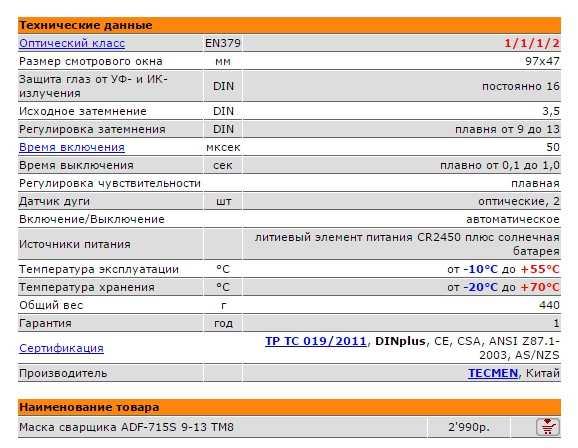
- SPEEDGLAS no Zviedrijas;
- OPTREL no Šveices;
- BALDER no Slovēnijas;
- OTOS no Dienvidkorejas;
- TECMEN no Ķīnas (nebrīnieties, maskas ir patiešām labas).
Nav viegli izvēlēties hameleona masku lietošanai mājās. No vienas puses, tai jābūt kvalitatīvai, bet maksāt par to 15-20 tūkstošus noteikti ne katrs var atļauties, un tas nav izdevīgi. Tāpēc mums ir jāaizmirst par Eiropas ražotājiem. Viņi vismaz ražo labas maskas, bet to cenas nav zemākas par 70$.
Tirgū ir daudz ķīniešu masku ar ļoti zemām izmaksām. Taču tās iegādāties ir riskanti. Ja jums ir nepieciešams pārbaudīts Ķīnas zīmols, tas ir TECMEN (Tekmen). Viņiem ir patiešām sertificētas rūpnīcas kvalitātes hameleonu maskas. Modeļu klāsts ir diezgan plašs, cenas - no 3 tūkstošiem rubļu līdz 13 tūkstošiem rubļu. Ir ar pirmās klases gaismas filtriem (1/1/1/2) un nedaudz sliktākiem, ar visiem iestatījumiem un regulējumiem. Pēc modernizācijas pat lētākajai maskai par 3000 rubļu (TECMEN DF-715S 9-13 TM8) ir nomaināms akumulators, izgaismošanas aizture no 0,1 līdz 1 s, vienmērīga regulēšana un darbības režīms "slīpēšana". Tālāk pievienotajā fotoattēlā redzamas tā specifikācijas. Grūti noticēt, bet tas maksā tikai 2990 rubļu.
Īpašnieki nav slikti pārskatījuši par metināšanas maskām Resanta. Nav daudz modeļu, bet MS-1, MS-2 un MS-3 nav slikta izvēle par nelielu naudas summu (no 2 tūkstošiem rubļu līdz 3 tūkstošiem rubļu).

Resanta maskām MS-1 un MS-3 ir vienmērīga regulēšana, kas neapšaubāmi ir ērtāka. Taču hameleona MS-1 maskai nav jutības regulēšanas. Profesionāļus tās, visticamāk, neapmierinās, taču mājas lietošanai tās ir diezgan piemērotas.
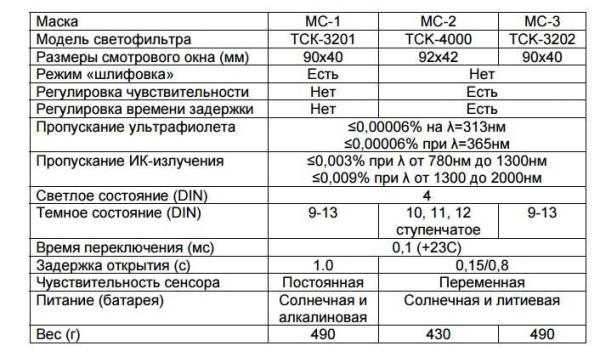
Ļoti labas maskas ražo Dienvidkorejas uzņēmums OTOS (Otos). Tā cenas ir nedaudz augstākas nekā iepriekš minētajām, taču ir divi salīdzinoši lēti modeļi: OTOS MACH II (W-21VW) par 8700 rubļiem un ACE-W i45gw (Infotrack™) par 13690 rubļiem.
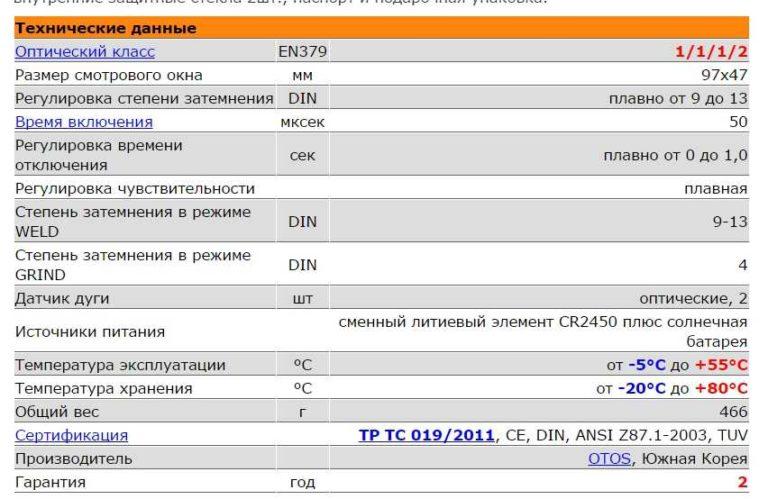
Lasiet šeit par to, kā izvēlēties elektrodus invertora metināšanai.
Metināšanas hameleona maskas darbība
Galvenā prasība, lai rūpētos par masku: par gaismas filtru ir jārūpējas, tas ir viegli saskrāpēts. Tāpēc masku nedrīkst novietot ar seju uz leju. Tā jānoslauka tikai ar pilnīgi tīru un mīkstu drānu. Ja nepieciešams, drānu var samitrināt ar tīru ūdeni. Netīriet ar spirtu vai citiem šķīdinātājiem: gaismas filtrs ir pārklāts ar aizsargplēvi, kas šajos šķidrumos izšķīst.
Jebkuram metināšanas hameleonam ir vēl viena īpatnība: pie zemas temperatūras tie sāk "palēnināties". Tas nozīmē, ka tie darbojas ar aizkavēšanos, turklāt abos virzienos - gan aptumšojot, gan izgaismojot. Šī īpašība ir ļoti nepatīkama, tāpēc ziemā ar tām nevar normāli strādāt, pat ja darba temperatūra norādīta no -10 °C, kā tas ir TECMEN DF-715S 9-13 TM8. Jau pie -5 °C viss nevar laikus aptumšot. Tāpēc OTOS šajā ziņā bija godīgāks, norādot sākuma darba temperatūru -5 °C.
Visbeidzot, noskatieties videoklipu par to, kā izvēlēties hameleona masku metināšanai.

